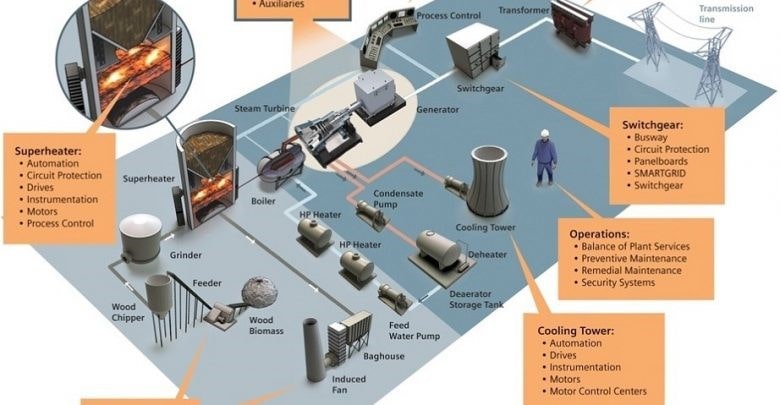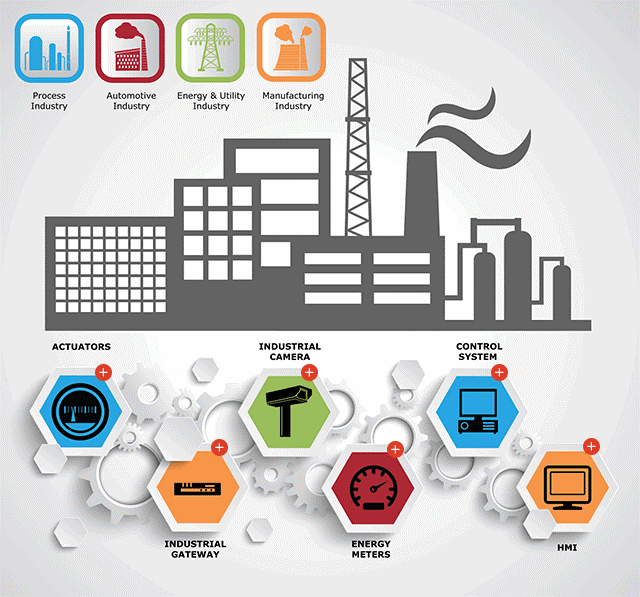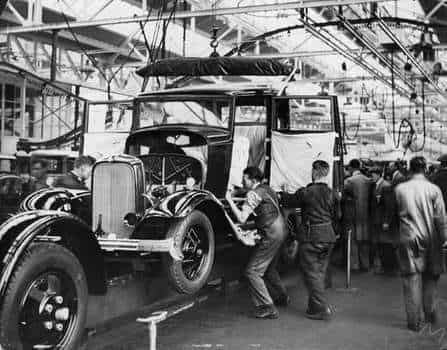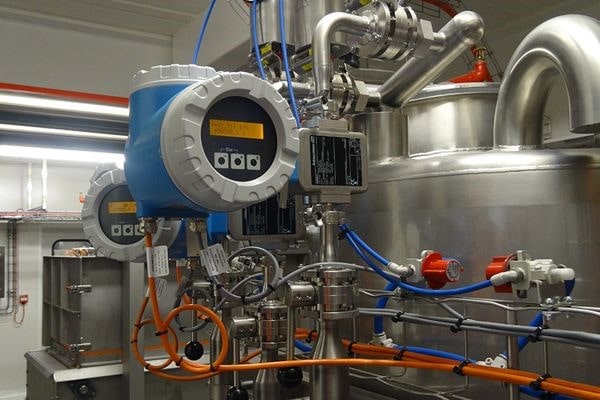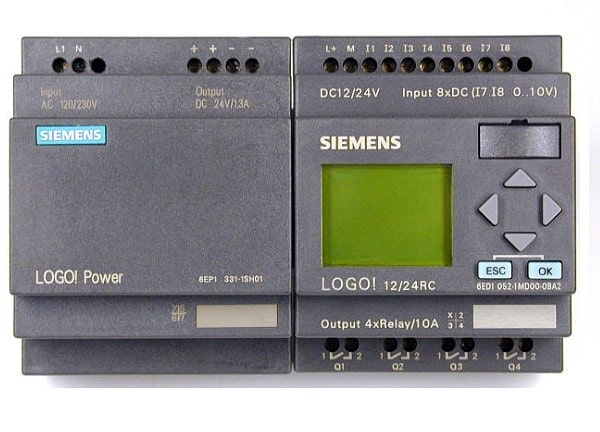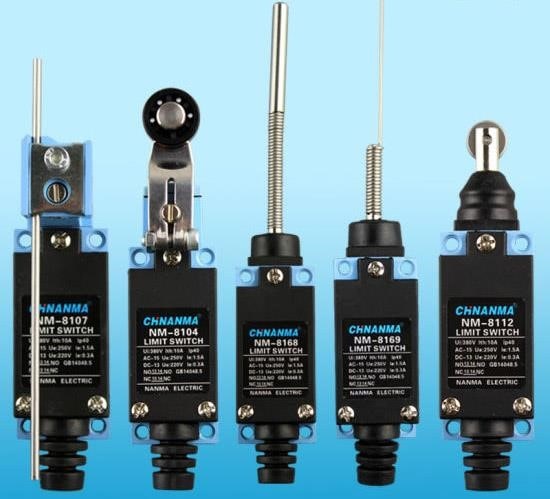The most important industrial automation equipment and instrumentation
Knowing the concept, history and necessity of using industrial automation and instrumentation, perhaps knowing the equipment and parts of this field is the first step to benefit from it. Therefore, first we will introduce you to the main and most important tools of industrial automation in general, and in the future we will examine in more detail the process of completion and progress, types, efficiency and role and the future ahead of them separately. In general, the concept of precision instruments includes a set of precision measuring instruments that have different types based on the factor that measures it. Precision instruments are used to measure the physical quantities effective in the production process. These tools have the following subsets:
Meter
controller
Driver
In this section, the subset of meters themselves have different components, which include sensors, transducers and transmitters. In this way, these components together send the necessary information and reports from the physical committees to the controllers. In this cooperation, the sensor is sensitive to changes in quantities such as light, temperature, pressure and reacts on it, this reaction is sent as energy to the transducer and there converts it into a processable signal in the controller. The changed signal is also achieved by the transmitter to the required transmission standards and transmitted to the controller. The controller checks and controls the quality, quantity and safety conditions of the desired parameters by processing the received signals. In case of any inconsistency and incompatibility of the sensor report with the desired conditions set in the controller, the actuator receives the necessary signals from it and by showing the necessary reactions, create the ideal conditions in the system.

